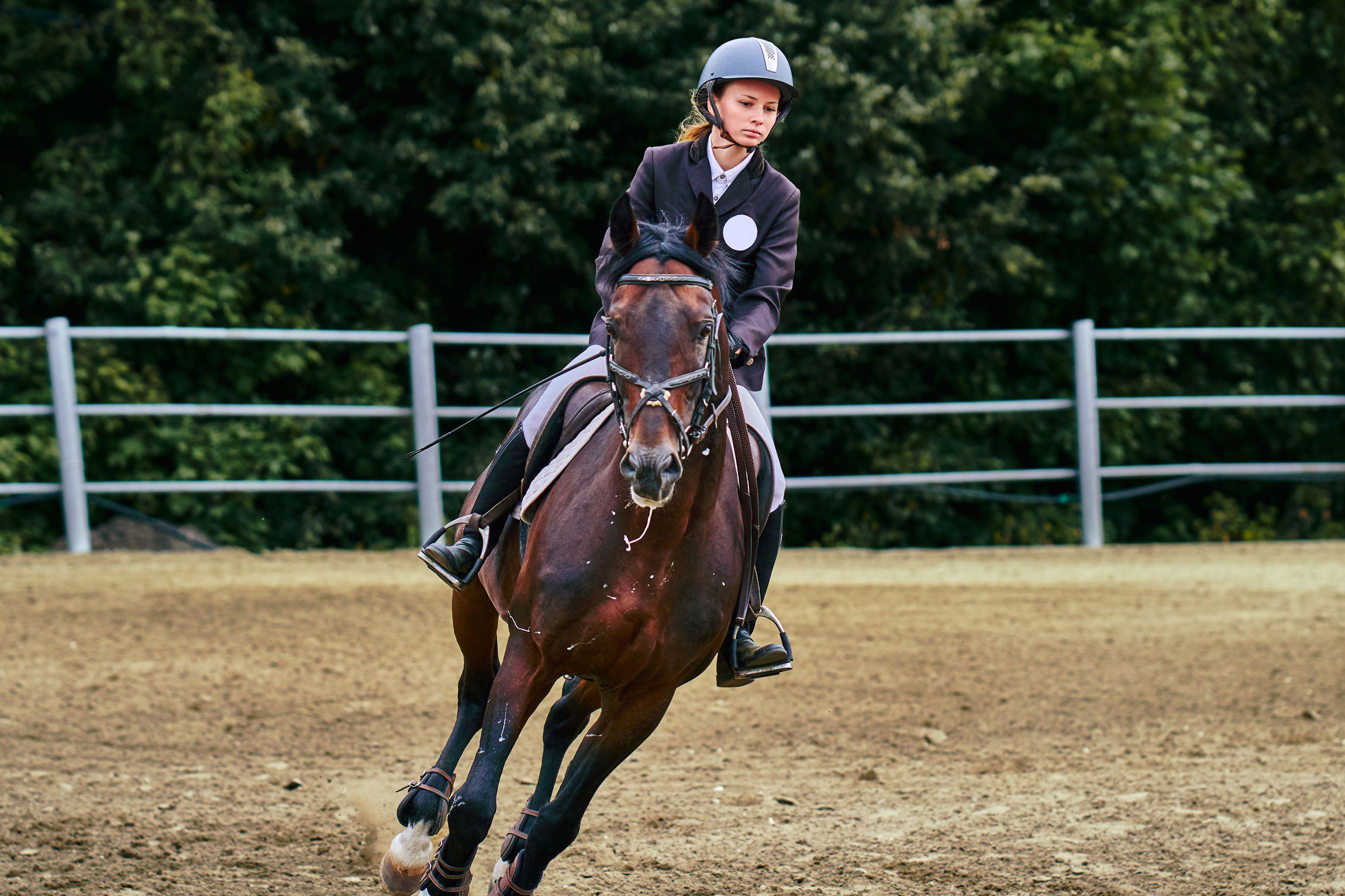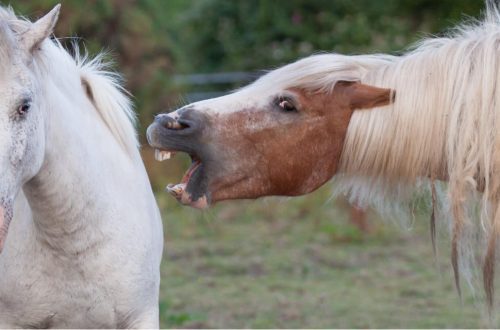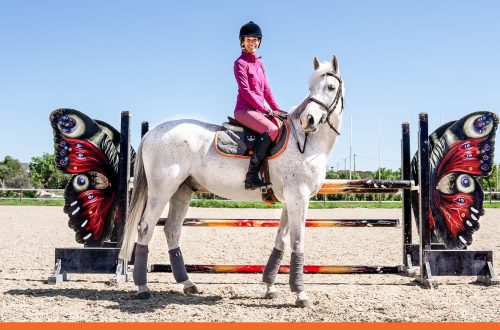
What to do if the horse “pulls” at a gallop?

Photo courtesy of FEI.org
Do you have a “hot”, easily excitable horse? It’s a big deal: you never need use a whip, she is more sensitive on the foot and her natural tendency to always go forward can give you the boost you need when it comes to dressage and show jumping at a higher level.
However, all this is useless if you do not have full control over impulse or your horse’s speed, or if you can’t channel his energy into productive and relaxed work.
Here are 3 exercises designed to bring some peace and efficiency into your workouts.
1. Spirals by volt
Volt spirals are performed at all times by both beginners and experienced riders.
This is an incredibly useful exercise because it can be done at all gaits and modified to suit the horse and rider. The most common way to do it at a trot is to start with a 20m volt and gradually decrease to a diameter of about 10m and then increase again. . As you come out of the spiral, it can be helpful to think about keeping the horse’s shoulders straight, with the outside shoulder not sticking out. The reason spiral exercises work is because they require the horse to respond to the leg without running away, encourages the horse to engage the inside hind leg and push forward without haste, develops proper bending, and helps the rider understand how to work the inside leg and the outside leg. hand. This exercise gives the horse and rider a goal to focus on. Smaller circles can be useful for controlling a horse that is too tight as long as you work it with the correct half halts using your body and inner thighs rather than pulling on the reins.
2. Serpentines and bend work
It’s better not to spend a lot of time working in straight lines. With few exceptions, the best way to get a horse to focus is to change bend, pace, and direction frequently. This keeps the horse’s attention, focusing on you, and less leaning on the reins or speeding up.
This approach always works, and you can work with shoulders, curls, twists, loops, and transitions from the very beginning, even during the warm-up. For young horses, such exercises are similarly beneficial. Constantly changing drills means your horse can’t anticipate the next element as if you were just moving in a circle and always making the transition at point A, and this helps the horse focus on the rider and learn to wait for directions.
3. More canter
Make the canter work for you (and the horse!).
For many hot horses, the canter (or sometimes transitions to canter and back) — the most difficult. There may be several reasons. Perhaps the horse does not have enough balance to carry itself evenly from the hindquarters, or getting into a canter causes him to be overexcited.
And if the problem is already in the canter, the only correct solution is to do many times more canter.
But not just a gallop, you guessed it! A wide canter with no real plan is a surefire way to make your horse even hotter, so try the exercises.
For a horse that lacks balance, it is best to pick up the canter, do some good and steady strides, return to the trot and regain balance. You may need to shoulder in during transitions to keep the horse from pulling and falling on the outside and to make sure you make good contact with the outside rein. It may take a quarter volt to start, but two good paces are better than 10 bad ones.
If the horse becomes too excitable at the canter, you need to make the canter “boring”: get up into the canter, do a lot of spirals and circles, work on the countercanter, loop right up against the wall, change bends, make some changes in tempo.
If you ask your horse to focus on work rather than go “YEEHAAH GALLOP!!” the exercises will help break the galloping habit. When the horse relaxes, step back on the free rein and praise. Good luck!
We hope these exercises help. you and your horse find a common language!
Source: www.fei.org





